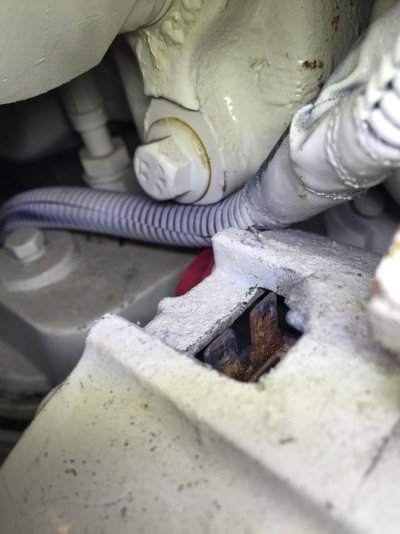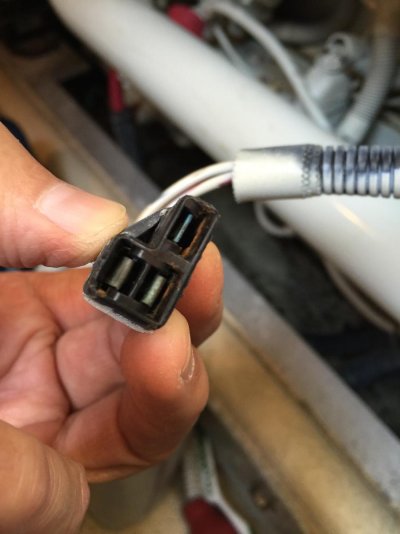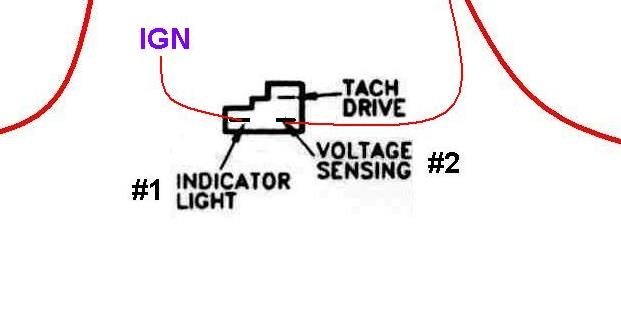Tunajoe
Senior Member
So on my return trip from Catalina last week, I had an alarm go off and after looking around saw that my voltage gauge was pegged at around 16 volts.
So I backed off the throttle, and the needle on the gauge bounced around and then settled on about 14 volts.
Over the course of close to an hour, it set off the alarm several times before finally settling to around 14 volts ( which I assume is close to normal).
This was on a 270 HP Cummins 6BTA 5.9.
I'm assuming it's the voltage regulator?
Is it built in to the alternator? Could it be my battery going bad?
Any suggestions?
Thanks!
So I backed off the throttle, and the needle on the gauge bounced around and then settled on about 14 volts.
Over the course of close to an hour, it set off the alarm several times before finally settling to around 14 volts ( which I assume is close to normal).
This was on a 270 HP Cummins 6BTA 5.9.
I'm assuming it's the voltage regulator?
Is it built in to the alternator? Could it be my battery going bad?
Any suggestions?
Thanks!




